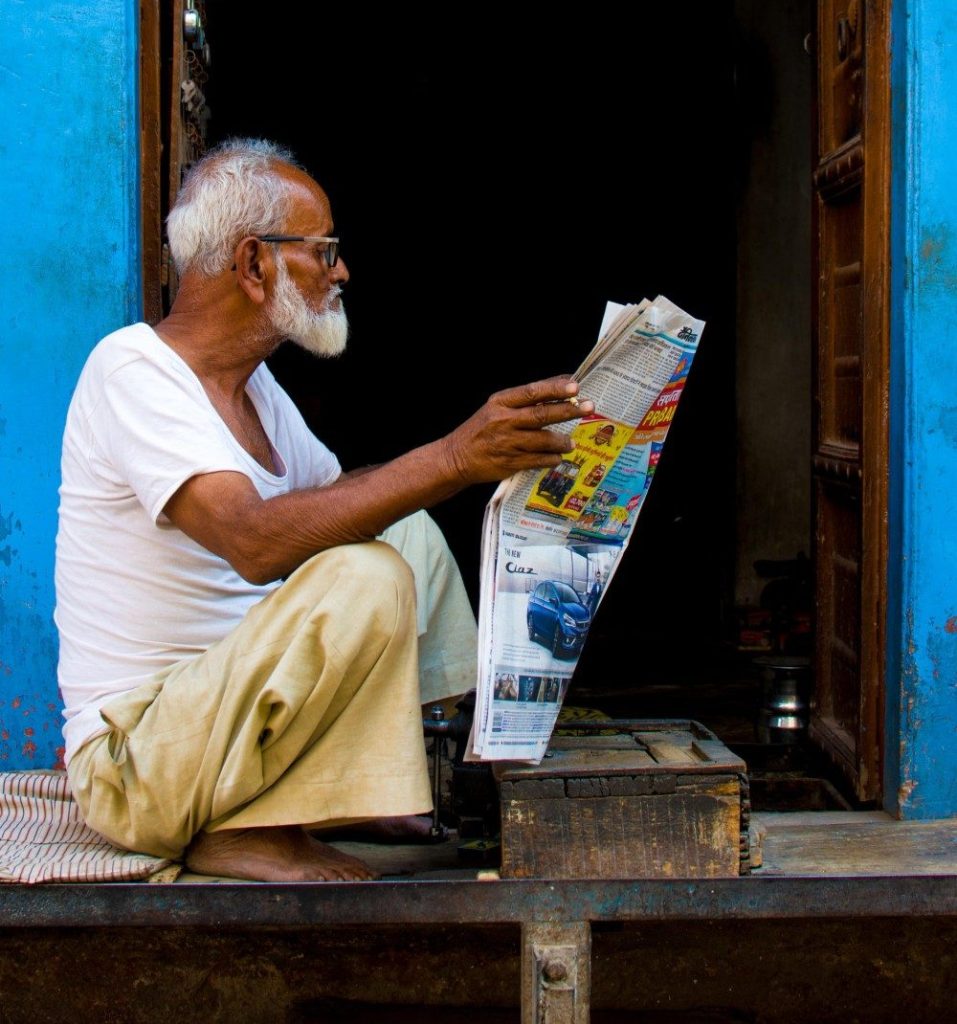Tips for capturing the media’s attention without becoming annoying.
One of the most “astonishing” questions I was asked was about inviting journalists to a press presentation. If there was such a thing. And what the investment would be.
In that case, the investment would be the cost of breakfast for the group.
The theme was relevant and innovative. A unique technology developed by Portuguese people in Portugal, using typically Portuguese materials, exported to leading global clients. It aroused the interest of various sectors of the media – economics, science, technology.
My interlocutors, experts in this technology, not used to these worlds of communication, insisted on knowing the total investment. Until I realized that, for them, a presentation to the press had to be paid for in order to have an audience.
It’s good to have different experiences. They allow us to understand the world through the eyes of others.
Having been in journalism and business communication makes life easier for me when I need to bridge the gap between the two. I read the “State of the Media” study that Cision recently published, which identifies important ideas for companies and press officers who want to relate to journalists.
Because I believe that we understand each other better when we understand the world of “others”, in this case journalists and the media, I have made a selection of the journalists’ responses and the ideas from this study that I consider most relevant.
Communicating with journalists
Email, email, email. Use email to contact journalists. Said by the journalists themselves. With the workload, this is the only way to manage and ensure that information is not lost.
Send concise information by e-mail, with included resources that don’t expire (avoid the wetransfer free version) and be limited in follow-up (once is enough).
Ensuring that the content is 100% correct is more important than feedback, exclusivity or being the first to publish.
Having a guest/expert available for a video interview via FaceTime/Skype is more useful than ever.
It’s important to distance yourself from the perspective of any brand you might be working for and think about whether someone who has never heard of that brand will be interested in the story you’re communicating, for example.
Try to read the information you’re sending with the eyes of a reporter.

How can communication be improved? Suggestions from journalists
“The inclusion of data or resources that a writer can investigate for context and a unique angle that presents a bigger idea of the story. Don’t just tell me about the client.”
“Don’t communicate “ideas” that are blatantly to serve your customers. Communicate a trend they fit into or offer your expertise on a subject I might be writing about.”
“Tell me directly, in one or two sentences, why it’s important for the public to know this – not just why it’s important for the company or client.”
“The most important thing is to get to know me, my publication and my readers and propose solutions that help us create great content that generates views.”
“Don’t bother me with unrelated topics – I’m hitting the ‘trash’ button faster to clear out my inbox.”

If you received between 51 and 100 emails a week presenting “new ideas”, how many could you answer in two days? 25% of the journalists who responded to the study receive such emails.
8 strategies for sending more effective emails
- Keep emails brief and to the point
- Provide all the materials needed for the story, including images and links. Assume that they won’t reply to your email, but will write a story based on all the information included in your email.
- Include the press release to provide additional context.
- Be strategic in the links you include.
- Provide timing. Is this news embargoed? Make sure the news is not yet public.
- If it’s possible to offer an interview, make that clear.
- Make sure the links work outside your organization.
From the ideas you’ve read, which of these suggestions struck you the most? What will you do differently tomorrow?
PS: Share this article with a friend, client or colleague who needs to know these strategies.
